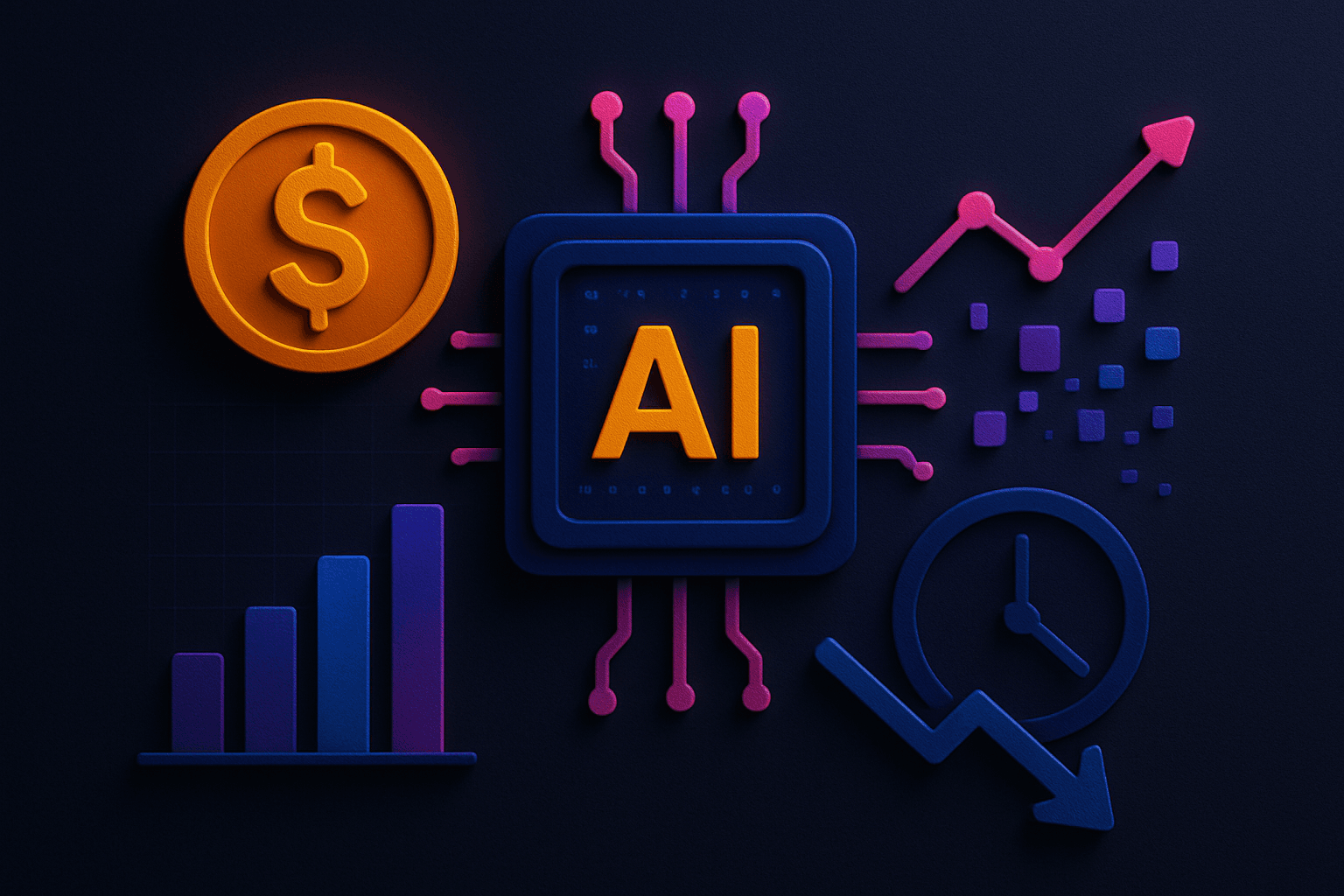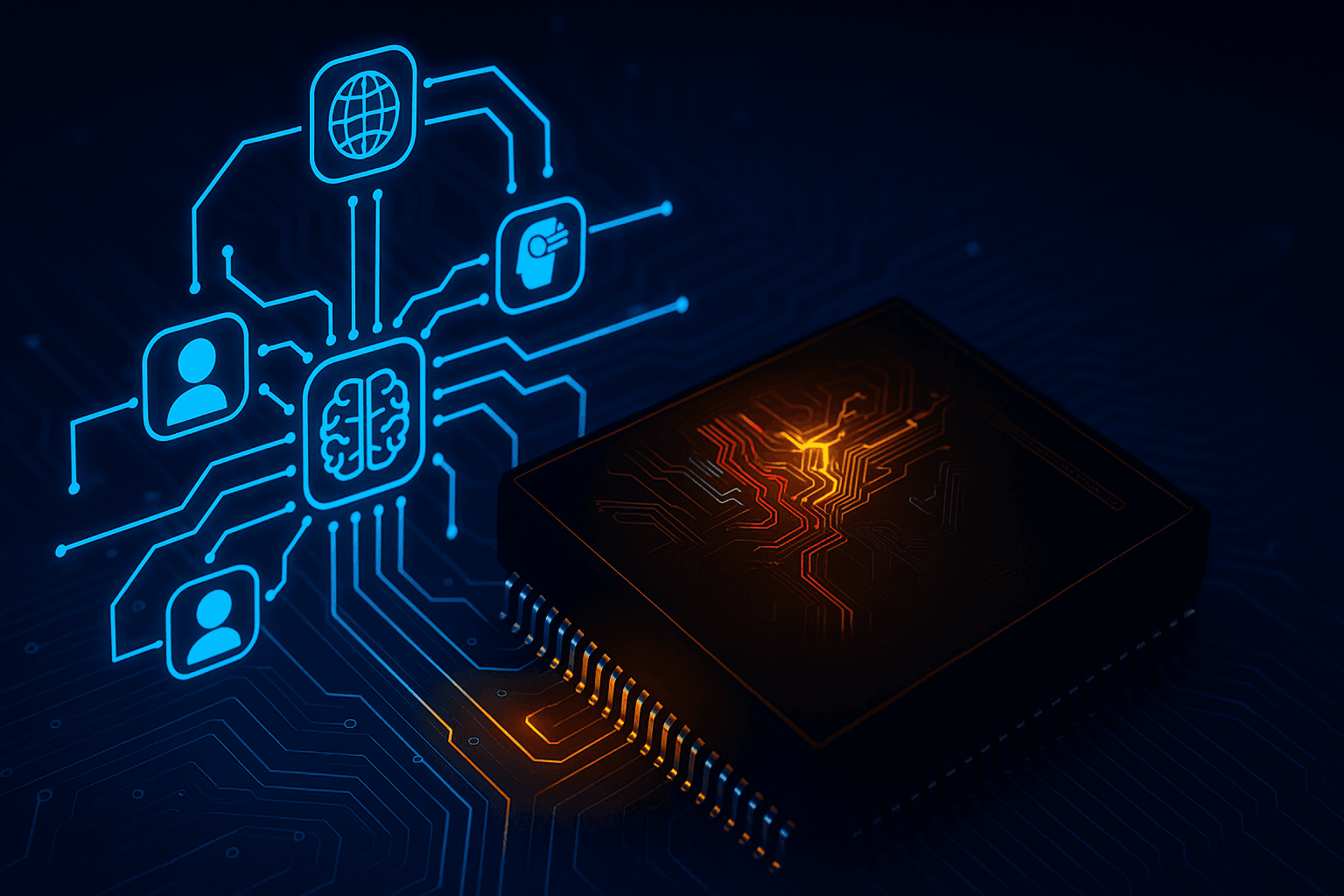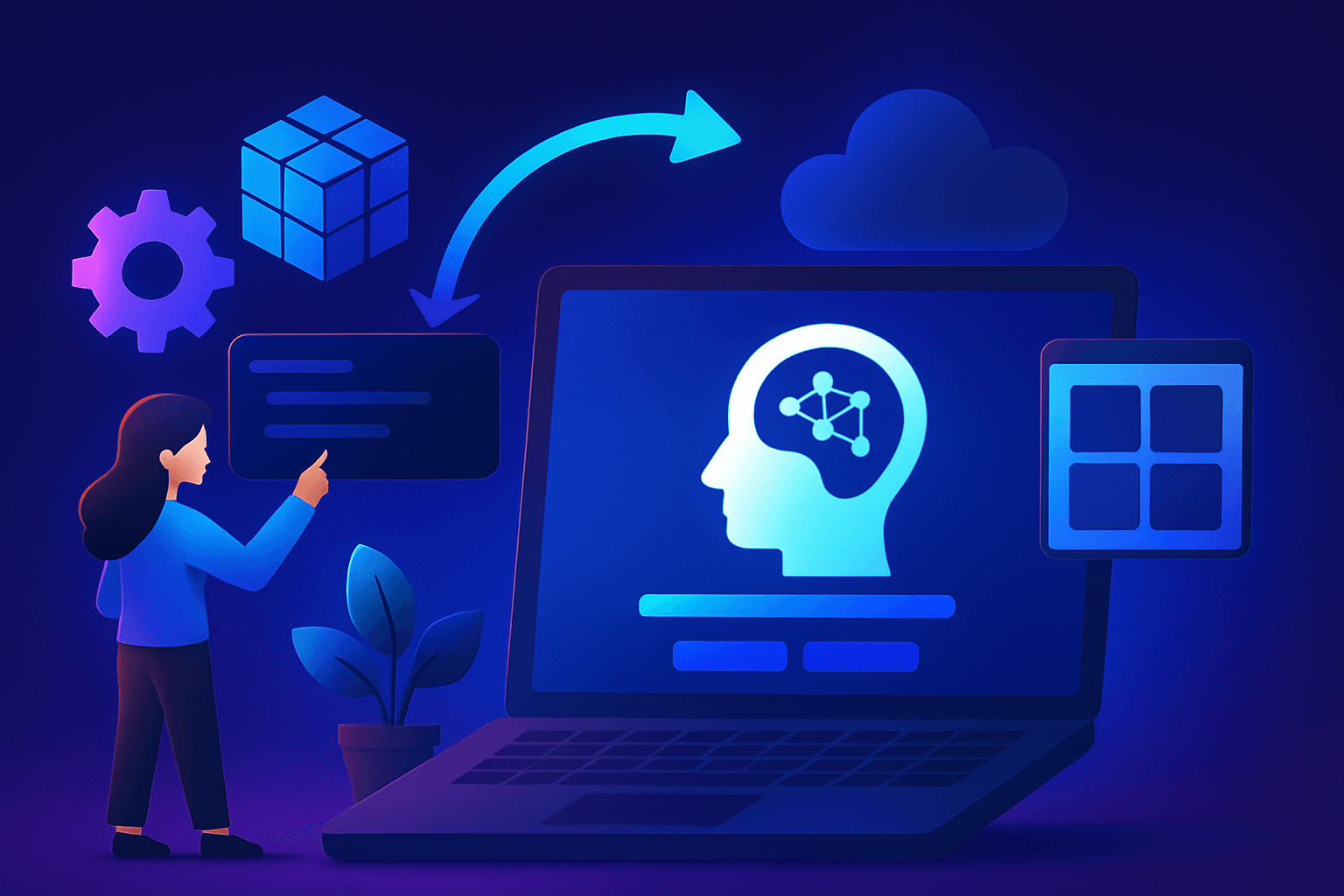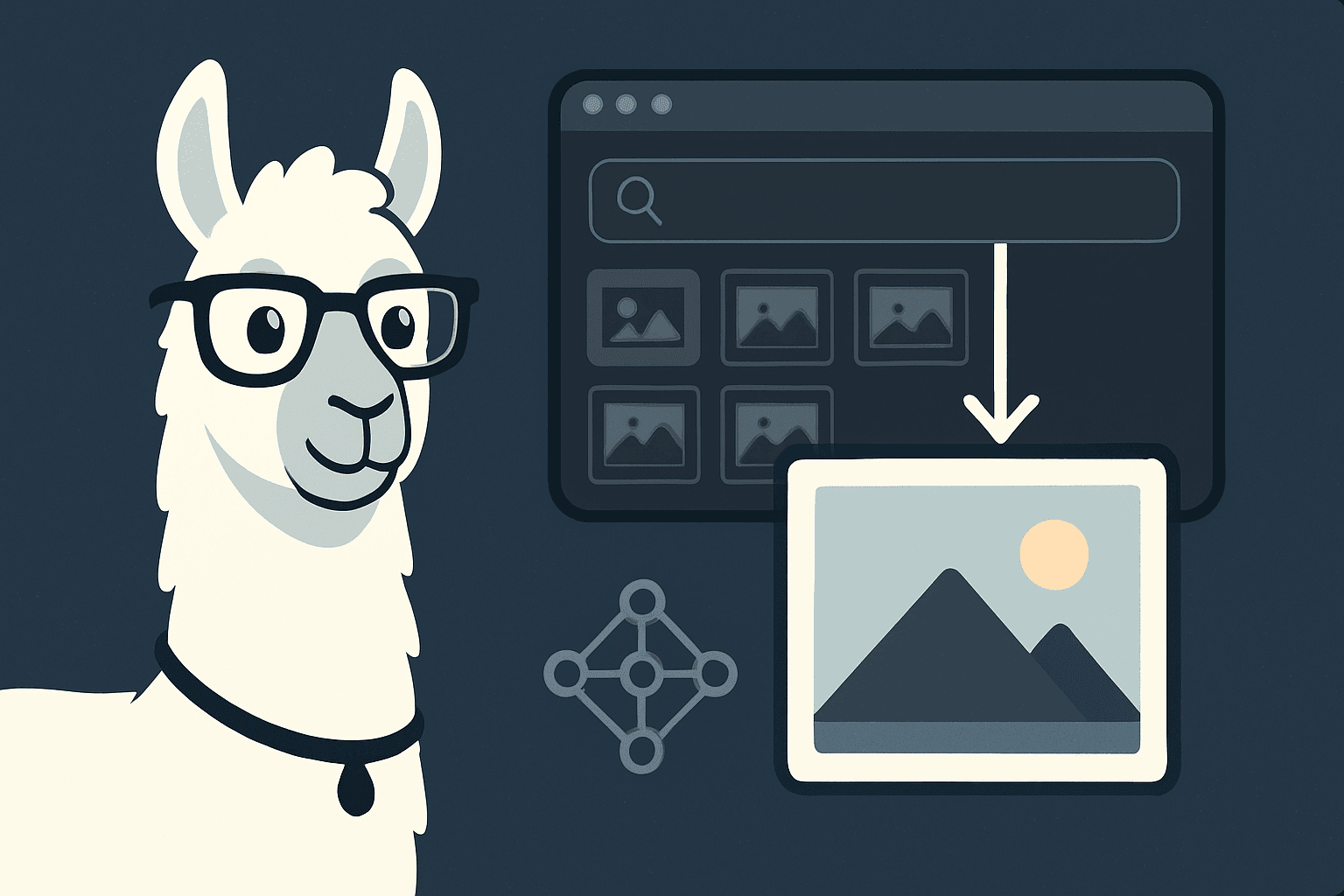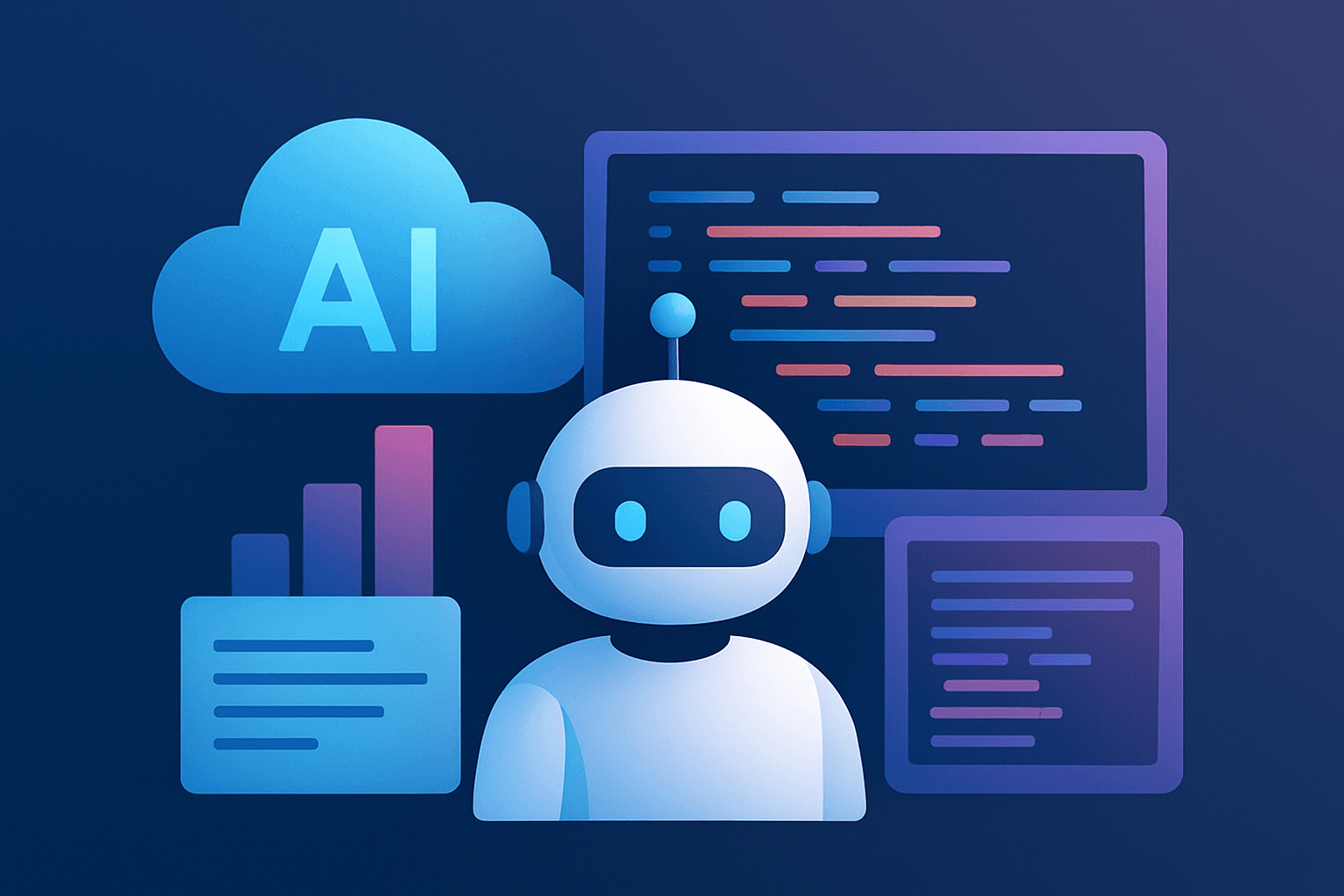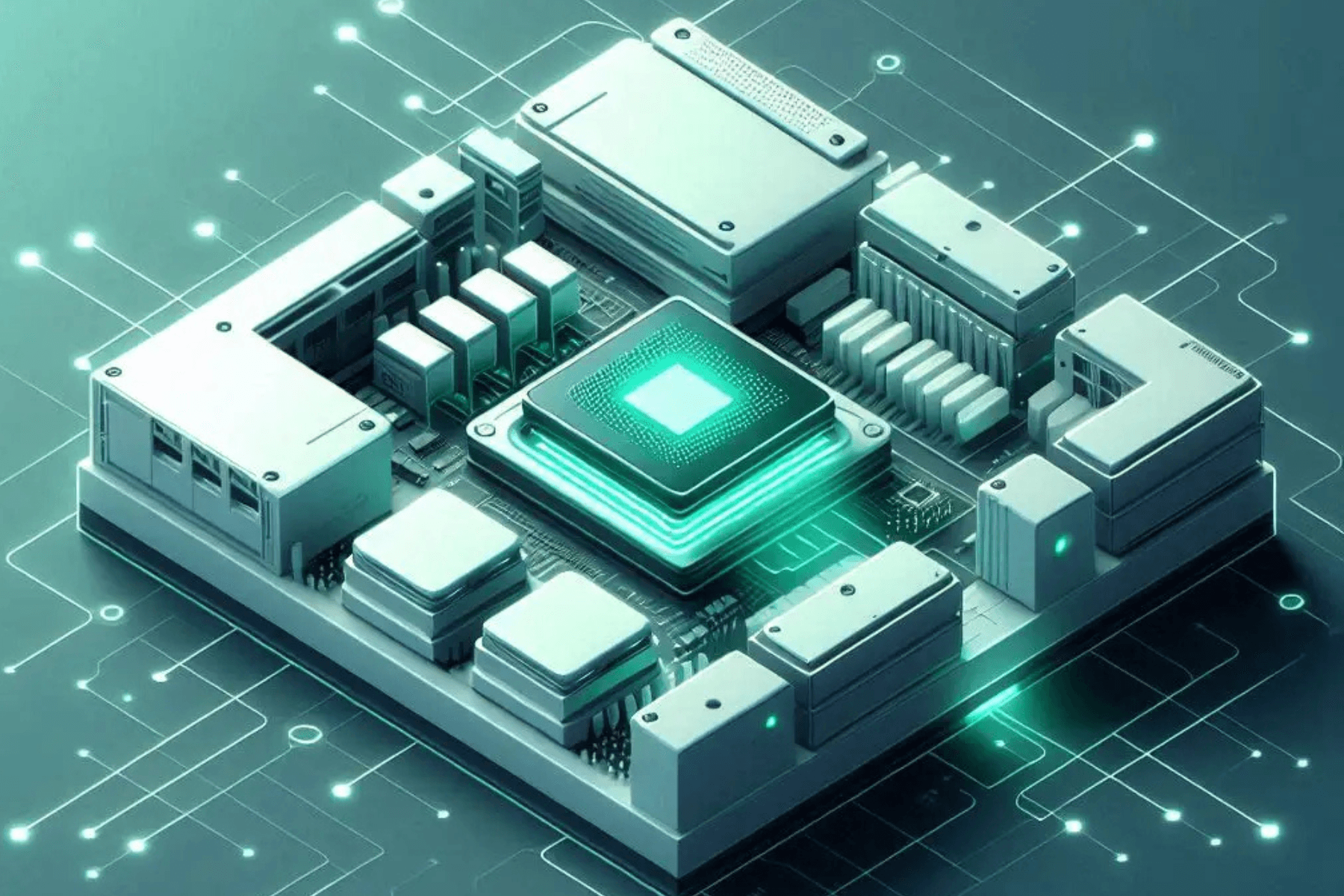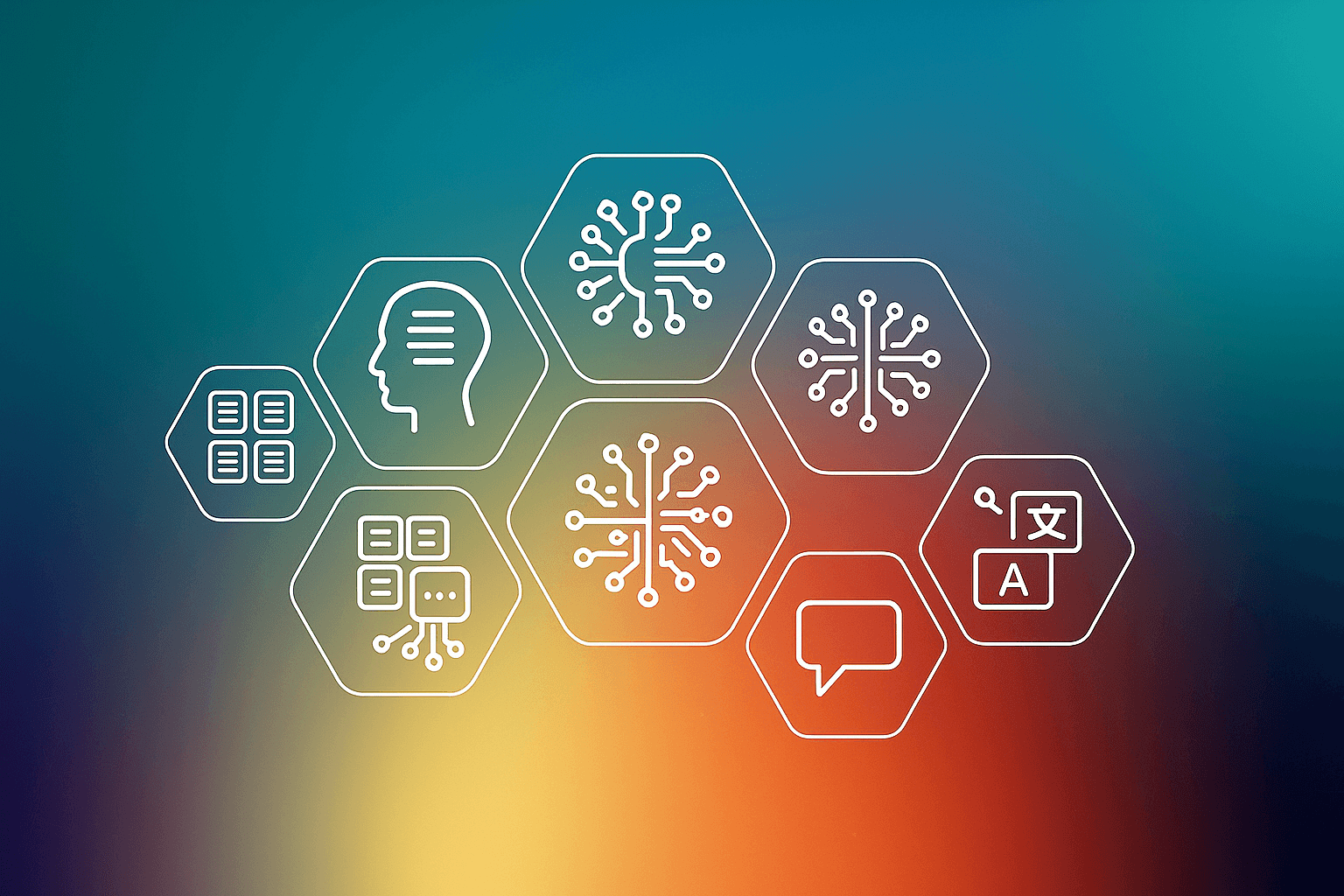Introduction
Blender is an open-source 3D creation suite that has been at the forefront of providing artists, animators, and developers with powerful tools for modeling, animation, and rendering. OpenUSD (Universal Scene Description) is a system developed by Pixar for creating complex 3D scenes in a more manageable and efficient manner.
Blender has rolled out its latest version, Blender 4.0 Alpha, on 14 November 2023. With the integration of OpenUSD and the Omniverse Launcher, we are entering an era where users of Blender can now optimize scenes and workflows using OpenUSD and leverage AI-driven character animations. The update includes new features that resulted from collaboration among several contributors, including AMD, Apple, Unity, and NVIDIA, under the auspices of the Blender Foundation. These features encompass advancements like hair object support to improve USD import and export capabilities for digital hair and a new Python IO callback system that allows technical artists to utilize Python for accessing USD application programming interfaces.
Understanding Blender
The Blender open-source 3D creation suite offers a comprehensive range of tools for a wide array of digital artistry, including modeling, rigging, animation, simulation, rendering, compositing, and motion tracking. It also provides advanced features for video editing and game creation.
Renowned for its versatility and powerful capabilities, Blender is used by professionals and hobbyists alike in various industries such as film, animation, video games, and design.
The software stands out for its highly customizable interface, allowing users to tailor the layout and tools to their specific workflow needs. Blender supports a wide range of 3D graphics file formats, both proprietary and standard, making it a flexible tool for cross-platform collaboration. Its comprehensive toolset includes features like a built-in ray-trace engine called Cycles, which offers stunning ultra-realistic rendering, and Eevee, a real-time render engine for quick and interactive previews.
Understanding Blender 4.0 Alpha
The Blender 4.0 alpha version of the popular 3D software elevates creative processes by introducing enhanced capabilities for intricate shader network creation and robust asset-export functionalities.
These developments are particularly vital in the context of the Universal Scene Description (OpenUSD) framework, which is increasingly becoming a cornerstone in the 3D creation landscape.
Blender 4.0 Alpha facilitates optimized OpenUSD workflows for various use cases across different industries and enterprises, significantly broadening its application scope.
Additionally, some of the other updates / changes are:
- Design and Font: The fresh notch design introduced in Blender 4.0 Alpha gives the software a more modern and streamlined look. Additionally, the new interface uses 'Inter' font, selected for its clarity and readability.
- Asset Shelf in 3D View: A notable addition is the Asset Shelf in the 3D view, a feature that provides easier access to pose assets directly within the main workspace. This integration is particularly beneficial for users who frequently work with the Pose Library add-on, as it simplifies the process of asset management within their creative workflow.
- Paint Modes and Canvas Picker: The enhancements in the paint modes, including a new canvas picker in the 3D View header, make it simpler for artists to select and switch between painting surfaces. Additionally, the increased size of color pickers is a thoughtful improvement, enhancing the ease of color selection and manipulation.
- Overlay Adjustments: Responding to user feedback, Blender 4.0 Alpha has made Wireframe Fresnel a user preference, thus improving the visibility of vertices in dense mesh scenarios. Furthermore, the overlays dropdown menu has been reorganized, now separating general overlays from mode-specific ones, thereby streamlining the user interface.
- Outliner and Node Editor Updates: The Outliner now supports multi-object selection, enhancing scene management efficiency. In the Node Editor, notable updates include the placement of node previews above the nodes for better visibility and the addition of collapsible sections within nodes, which is particularly useful for managing complex node set-ups.
Understanding OpenUSD and Interoperability Across Platforms
The integration of USD in Blender 4.0 Alpha marks a significant advancement, particularly in terms of interoperability across various platforms and software.
Seamless Asset Transfer and Consistency
One of the primary benefits of USD integration is the ease of transferring assets between Blender and other 3D software. USD provides a common language for describing complex 3D scenes and assets, which means that models, textures, animations, and even lighting set-ups created in Blender can be exported and imported into other USD-compliant tools without loss of detail or functionality. This uniformity ensures that the creative vision remains consistent across different platforms, a critical factor in collaborative and multi-software projects.
Multi-Software Pipelines
In professional environments where multiple 3D applications are used together with each other, USD acts as a bridge, harmonizing the workflows. Whether it’s for VFX, game development, architectural visualization, or animation, Blender’s USD integration allows artists and developers to integrate their Blender workflows with other leading software like Maya, Houdini, or Unreal Engine. This capability significantly reduces the complexity and time involved in data conversion and ensures that the transition between different softwares is smooth and efficient.
Better Collaboration and Versioning
USD's structure not only supports the transfer of static assets but also dynamic scene descriptions, including object hierarchies, transformations, and even animations. This feature becomes particularly beneficial in collaborative environments, where different team members may be working on different aspects of the same project. USD supports non-destructive edits and versioning, allowing multiple artists to work on the same scene simultaneously, with changes being updated across the board in real-time.
Large-Scale Projects
For large-scale projects that involve extensive asset libraries and complex scenes, managing and updating assets can be challenging. USD integration in Blender addresses this challenge by allowing for efficient asset management, where changes to an asset are automatically propagated throughout all the instances where it’s used, ensuring consistency and saving valuable production time.
Future Proofing Workflows
As the industry increasingly adopts USD as a standard, Blender’s early integration of USD ensures that it stays ahead of the curve. This foresight prepares Blender users for future industry shifts and emerging technologies that will rely on USD for content creation and management.
The integration of USD in Blender 4.0 Alpha significantly enhances its interoperability with other platforms, making it a powerful tool in the hands of 3D artists and developers. This interoperability is key to efficient, collaborative, and versatile workflows, essential in today’s diverse and rapidly evolving digital content creation landscape.
3D Process Streamlining Using Blender + OpenUSD
Blender 4.0 Alpha's integration with OpenUSD significantly enhances its Geometry Nodes capabilities, offering more robust and interoperable workflows for users. Let's explore how the USD framework complements these advancements:
Geometric Refinements
- Repeat Zone Feature: The introduction of the Repeat Zone in Geometry Nodes, along with OpenUSD, opens up new possibilities for procedural modeling. The USD framework allows these repeated geometries to be efficiently managed and integrated into larger USD-based project pipelines. This means that complex procedural structures created in Blender can be seamlessly exported and used in other USD-compatible applications, fostering a more unified workflow across different 3D software.
- USD-Enhanced Features for Node Assets: With Blender's integration of USD, marking geometry node assets as modifiers or tools becomes even more powerful. This integration ensures that the procedural assets created in Blender are not only accessible within the program but can also be easily exported and utilized in other USD-supported environments. This compatibility is particularly beneficial for studios and artists who work with a multi-software pipeline, as it simplifies the transfer of complex node-based assets between different platforms.
Rigging and Animation Refinements
- Bone Collections and Armature Color Customization: The transition to Bone Collections from Bone Layers, enhanced with USD support, allows for a more efficient export and import of complex armature data across different USD-compliant applications. This ensures that the rigging data is consistent and intact when transferred between different platforms or collaborative projects.
- New Bendy Bones Option and IK Constraints: The enhancements in Bendy Bones and IK Constraints, in conjunction with USD, mean that more detailed and accurate animation data can be maintained across various platforms. This compatibility is crucial in preserving the integrity of animations in complex USD-based pipelines.
Shading and Rendering Improvements
- Principled BSDF Rewrite: The revamped Principled BSDF shader, in combination with USD’s material definitions, allows for a more consistent material appearance across different applications that support USD. This ensures that the materials created in Blender retain their properties when utilized in other USD-compatible software, maintaining visual consistency.
- Anisotropic and Velvet Shader Changes: The integration of these shader updates with USD means that the materials are more accurately represented when exchanged between Blender and other applications within a USD pipeline. This is particularly beneficial in workflows that involve multiple software tools, ensuring a cohesive visual output.
- Hair Shading and Procedural Textures: The introduction of the new hair shading method and enhancements in procedural textures, when used in conjunction with USD, enhances the ability to create and share more complex and realistic textures and materials within a USD-based workflow.
USD integration in these areas significantly enhances Blender 4.0 Alpha’s utility in diverse production environments. It allows for smoother transitions of data between various platforms, ensuring that the creative intent and technical accuracy are preserved across different stages of the production pipeline. This makes Blender 4.0 Alpha a powerful tool for professionals working in industries where USD has become a standard, such as in VFX, animation, and game development.
Hardware Requirements and Compatibility
To fully utilize Blender 4.0 Alpha with USD integration, it's important to consider the hardware requirements that will allow for optimal performance. E2E Cloud provides access to high-end GPUs, which is crucial for maximizing the capabilities of Blender 4.0 Alpha, especially for tasks that are GPU-intensive.
For tasks such as real-time rendering and handling complex USD scenes, high-performance GPUs are essential. E2E Cloud offers access to state-of-the-art GPUs like the A100 and H100. These GPUs are designed for demanding computing tasks and can significantly enhance rendering times and overall workflow efficiency in Blender. They are particularly suitable for AI-driven solutions and complex 3D rendering tasks, making them an ideal choice for professionals working with Blender 4.0 Alpha and USD. Considering the complexity of scenes possible with USD integration, a minimum of 16 GB RAM is recommended. For storage, SSDs are preferred for their faster read/write speeds, enhancing project loading and saving times.
Conclusion
As we have explored, Blender 4.0 Alpha, integrated with Universal Scene Description (USD), presents a suite of exciting features and improvements that have set a new benchmark in the world of 3D modeling and animation. The key highlights, from the user interface enhancements in the design and font to the groundbreaking developments in geometry nodes, rigging, and animation – all contribute to a significantly enhanced user experience. The inclusion of powerful GPUs like the NVIDIA A100 and H100 on E2E Cloud further amplifies the software’s capabilities, especially in rendering and handling complex USD scenes.
We encourage users to use Blender 4.0 Alpha and explore endless possibilities with it. Blender 4.0 Alpha, supported by the robust infrastructure of E2E Cloud, is equipped to elevate your creative endeavors, whether it is for intricate modeling, complex animation projects, or high-end rendering tasks.
